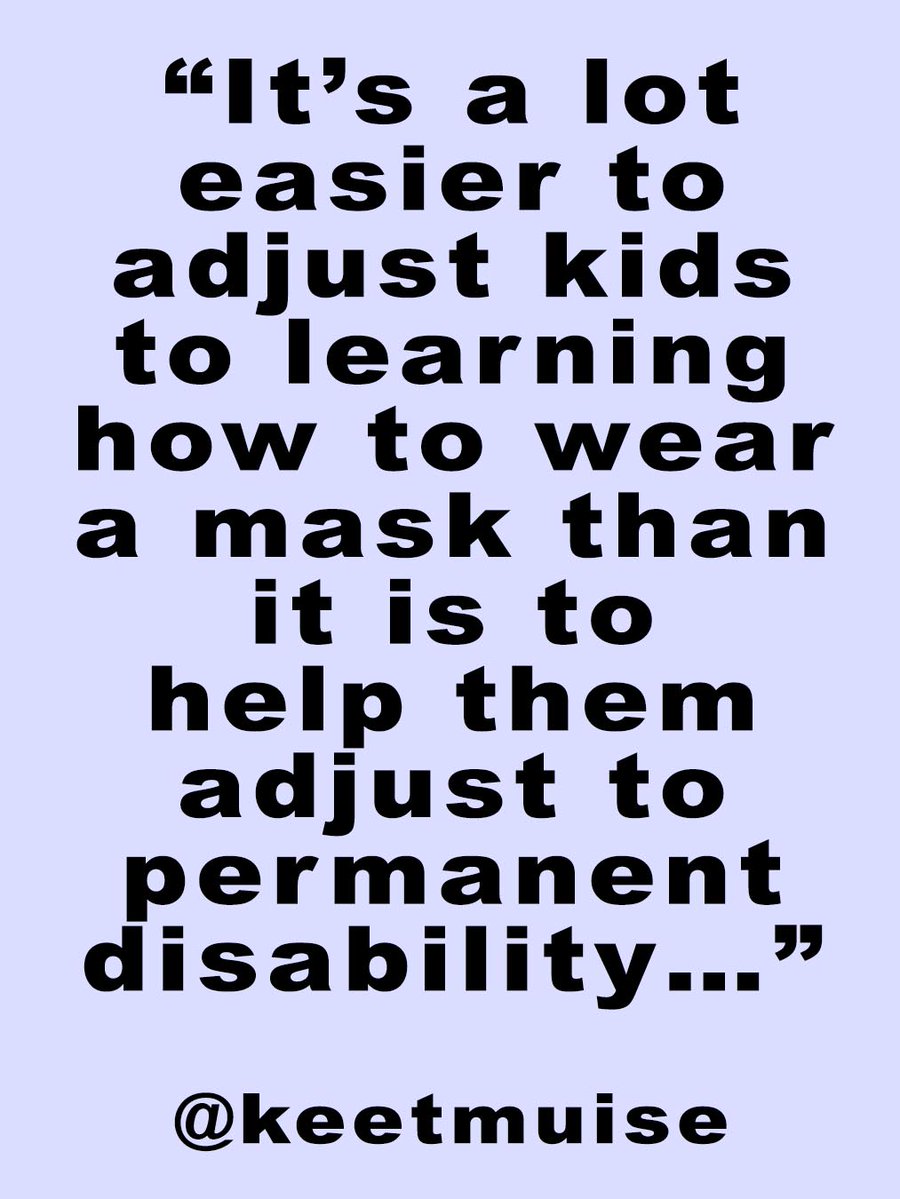1/
New analysis reveals a stark reality: 1 in 5 COVID-19 survivors still battle symptoms 3 years after severe infection. This meta-analysis of 11 studies highlights the profound, lasting effects on health and quality of life. #LongCovid #PostCovid
New analysis reveals a stark reality: 1 in 5 COVID-19 survivors still battle symptoms 3 years after severe infection. This meta-analysis of 11 studies highlights the profound, lasting effects on health and quality of life. #LongCovid #PostCovid

2/
The most common persistent symptoms include fatigue, sleep disturbances, and shortness of breath. These aren't just minor annoyances; they significantly impact daily living and long-term well-being. #ChronicIllness #HealthCrisis
The most common persistent symptoms include fatigue, sleep disturbances, and shortness of breath. These aren't just minor annoyances; they significantly impact daily living and long-term well-being. #ChronicIllness #HealthCrisis

3/
This research, published in the Journal of Medical Virology, evaluated data from over 142,000 patients across Europe, Asia, and Australia, predominantly focusing on those hospitalized in 2020. The numbers are sobering. #MedicalResearch #PublicHealth
This research, published in the Journal of Medical Virology, evaluated data from over 142,000 patients across Europe, Asia, and Australia, predominantly focusing on those hospitalized in 2020. The numbers are sobering. #MedicalResearch #PublicHealth

4/
Beyond daily symptoms, the analysis found an increased risk of death at 3 years for hospitalized COVID-19 patients. Long COVID also contributed significantly to disability-adjusted life years (DALYs), showcasing a massive societal burden. #MortalityRisk #Disability
Beyond daily symptoms, the analysis found an increased risk of death at 3 years for hospitalized COVID-19 patients. Long COVID also contributed significantly to disability-adjusted life years (DALYs), showcasing a massive societal burden. #MortalityRisk #Disability

5/
Neurological, pulmonary, and cardiovascular issues were the most common long-term physiological clusters. Memory impairment, heart failure, and reduced lung function persist for many, underscoring the systemic nature of the disease. #Neurological #Pulmonary #Cardiovascular
Neurological, pulmonary, and cardiovascular issues were the most common long-term physiological clusters. Memory impairment, heart failure, and reduced lung function persist for many, underscoring the systemic nature of the disease. #Neurological #Pulmonary #Cardiovascular

6/
Risk factors for persistent symptoms include older age, severe infection, hospitalization, and underlying health conditions. This emphasizes that COVID-19 is not "just a flu" for a significant portion of the population. #RiskFactors #COVID19
Risk factors for persistent symptoms include older age, severe infection, hospitalization, and underlying health conditions. This emphasizes that COVID-19 is not "just a flu" for a significant portion of the population. #RiskFactors #COVID19

7/
A critical missing piece? Data on how many Long COVID patients have been able to return to their original jobs after 3 years. This gap highlights the urgent need for more comprehensive research into the socioeconomic impact. #ReturnToWork #SocietalImpact
A critical missing piece? Data on how many Long COVID patients have been able to return to their original jobs after 3 years. This gap highlights the urgent need for more comprehensive research into the socioeconomic impact. #ReturnToWork #SocietalImpact

8/
The findings underscore the necessity of interdisciplinary care teams and integrating Long COVID management into routine healthcare. Public health campaigns are crucial to raise awareness and reduce stigma. #HealthcarePolicy #PatientCare
The findings underscore the necessity of interdisciplinary care teams and integrating Long COVID management into routine healthcare. Public health campaigns are crucial to raise awareness and reduce stigma. #HealthcarePolicy #PatientCare

9/
Given the severe, long-term consequences, preventing infection and reducing viral exposure remains paramount. This means focusing on both environmental controls and personal protective measures. #PreventionIsKey #ViralProtection
Given the severe, long-term consequences, preventing infection and reducing viral exposure remains paramount. This means focusing on both environmental controls and personal protective measures. #PreventionIsKey #ViralProtection

10/
One vital step? Cleaning the air we breathe. Investing in air purification systems, especially with HEPA filters, can significantly reduce airborne viral particles in indoor spaces. Let's make clean air a priority! #AirPurifiers #IndoorAirQuality
One vital step? Cleaning the air we breathe. Investing in air purification systems, especially with HEPA filters, can significantly reduce airborne viral particles in indoor spaces. Let's make clean air a priority! #AirPurifiers #IndoorAirQuality

11/
And for personal protection, especially in higher-risk environments, high-quality masks like N95s (or equivalent KN95/FFP2/3) are indispensable. They provide superior filtration, greatly reducing inhalation of airborne viruses. #N95Masks #MaskUp
And for personal protection, especially in higher-risk environments, high-quality masks like N95s (or equivalent KN95/FFP2/3) are indispensable. They provide superior filtration, greatly reducing inhalation of airborne viruses. #N95Masks #MaskUp

12
The evidence is clear: Long COVID is a significant and lasting health challenge. By embracing comprehensive care for survivors AND proactive prevention measures like air purification and N95 masking, we can better protect ourselves and our communities. #CleanAirNow
The evidence is clear: Long COVID is a significant and lasting health challenge. By embracing comprehensive care for survivors AND proactive prevention measures like air purification and N95 masking, we can better protect ourselves and our communities. #CleanAirNow

• • •
Missing some Tweet in this thread? You can try to
force a refresh






















